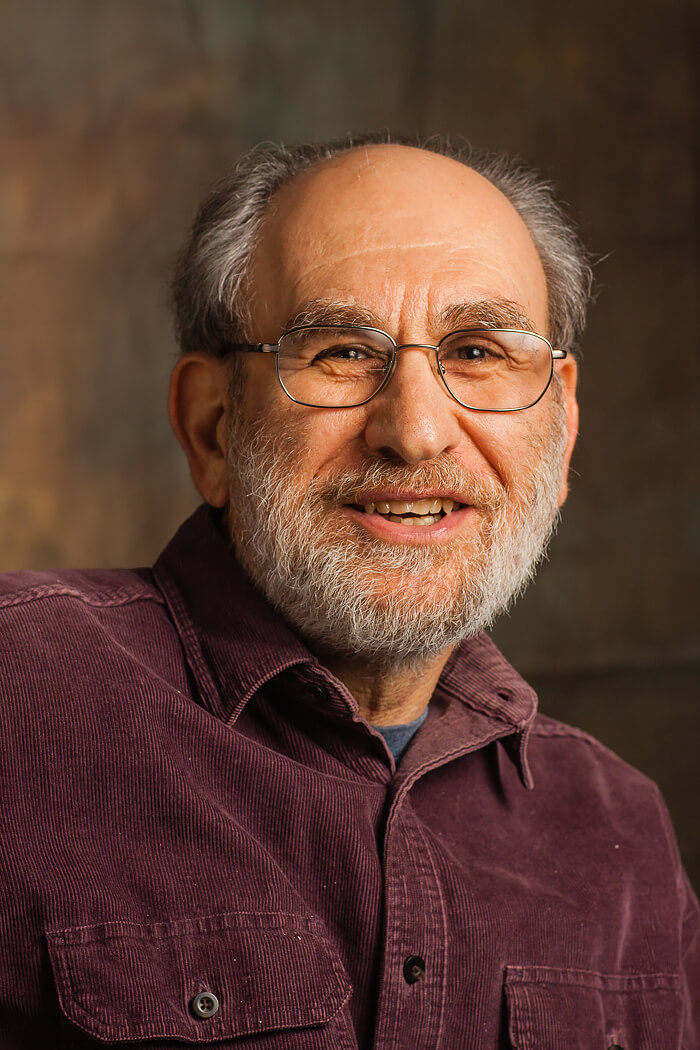The world of photography and the world of the natural wonders of the Sierra Nevada opened to Don Jacobson simultaneously. The photographs he took with his little Kodak Brownie were woefully inadequate to express the grandeur of the Range of Light. Within a week of his first backpack trip into the high country, he bought his first SLR, a Pentax Spotmatic and began to take photography classes.
His degree is in electrical engineering and he worked in that field for three years. Working for the defense industry became more of a contradiction with his political views initiating a search for a desperately needed a creative outlet. For the next twenty-eight years he worked as a glassblower. His work was shown in galleries across the United States, and the Corning Museum included a piece of his in their 1986 collection of 200 international glassblowers. Although glassblowing was his "day job*," he continued to practice the art of photography, studying photography with Edmund Teske at UCLA for a year. The two different mediums, are connected by light. The magic of glass is in its ability to transmit and reflect light while photography is the capturing of light.
During the years he lived in the San Francisco Bay Area, 1973 through 1976, he amassed 135 images of owner decorated vehicles. He is currently a member of the Portland Photographers Forum and the Interim Group, a critique group originally formed by the influential photographer Minor White.
Statement
I see the world differently now. The camera, which narrows the field of vision, has actually expanded my vision. When I realized I was viewing reality as if it were a series of photographs, I initially questioned that perspective. Now, I know my perception is enhanced and enriched from my pursuit of photography. An already dynamic and interesting world has become more so.
I am delighted by quality of light, vibrancy of color, unexpected and often unnoticed detail. The stunning structure of an orchid, the intricate ornamentation on an older building, or dishes stacked in a dish drainer are fascinating to me. Abstractions and patterns are richer and invite investigation. My subject matter is limitless. Anything that appeals to my eye is fair game for my camera.
